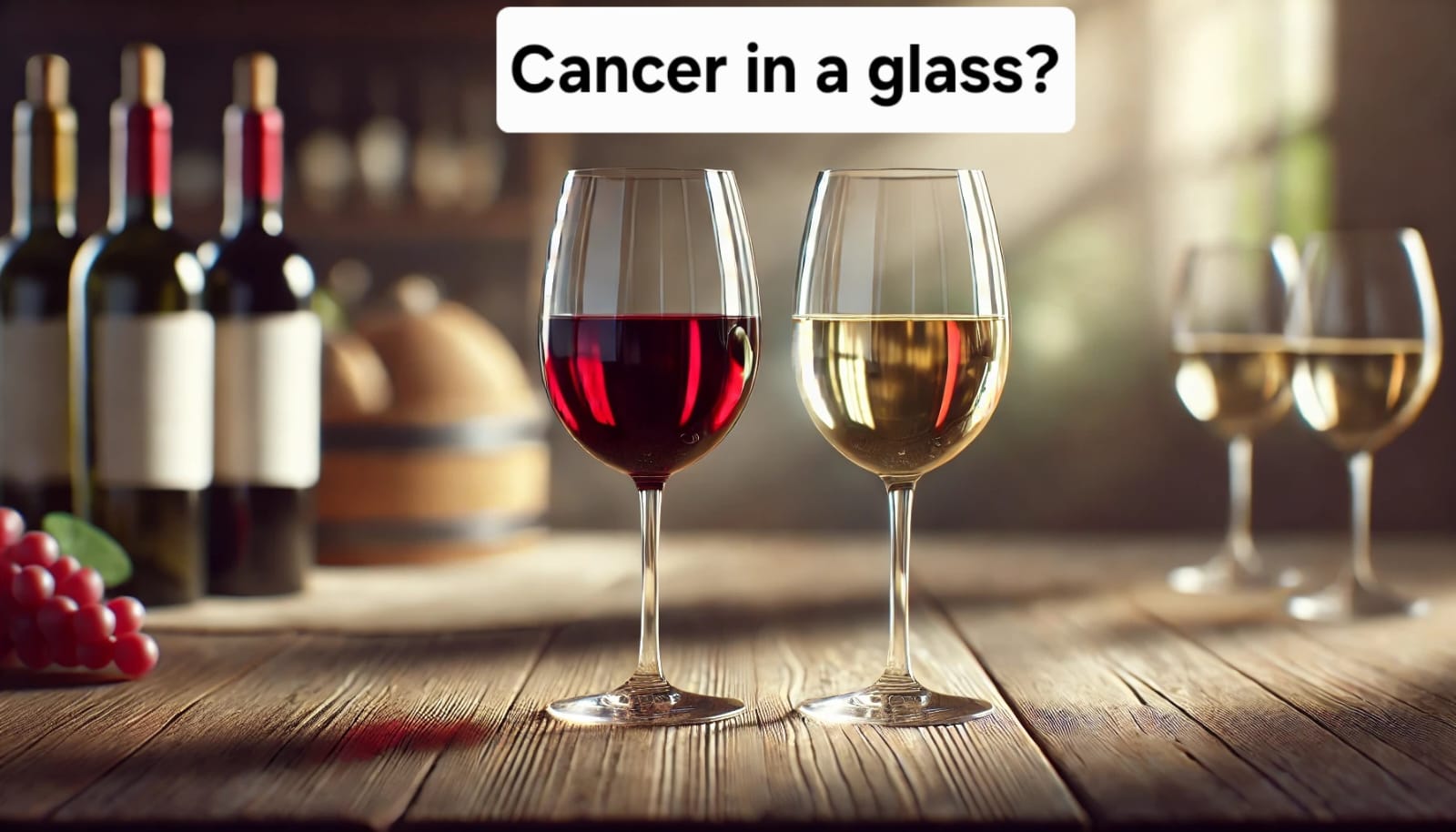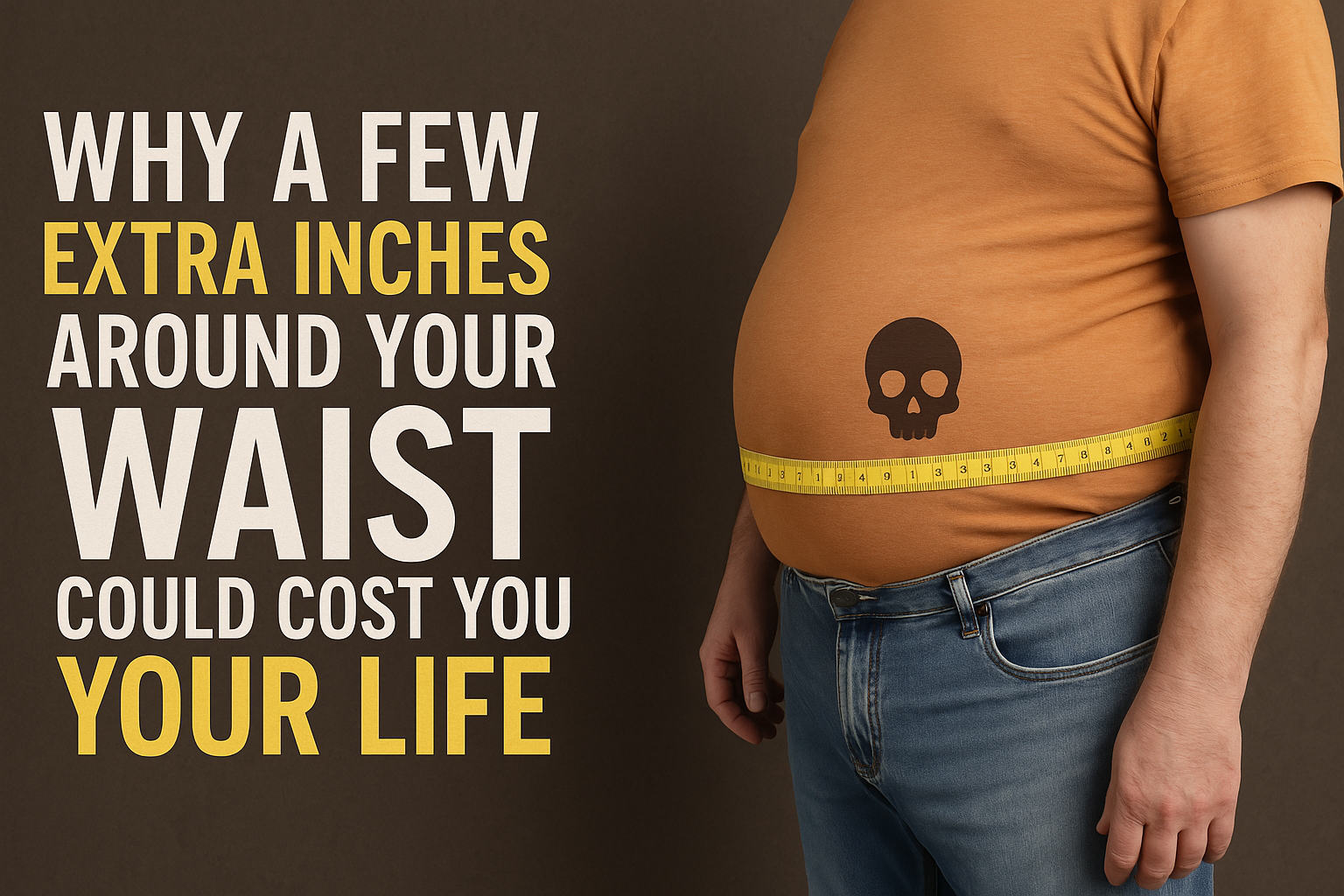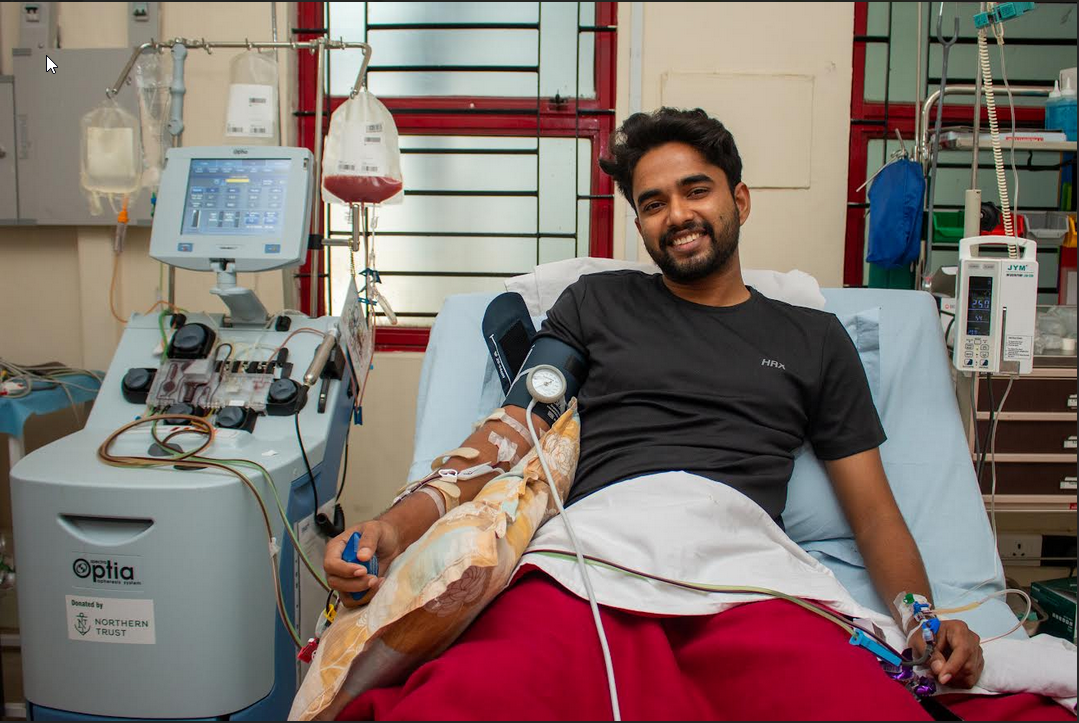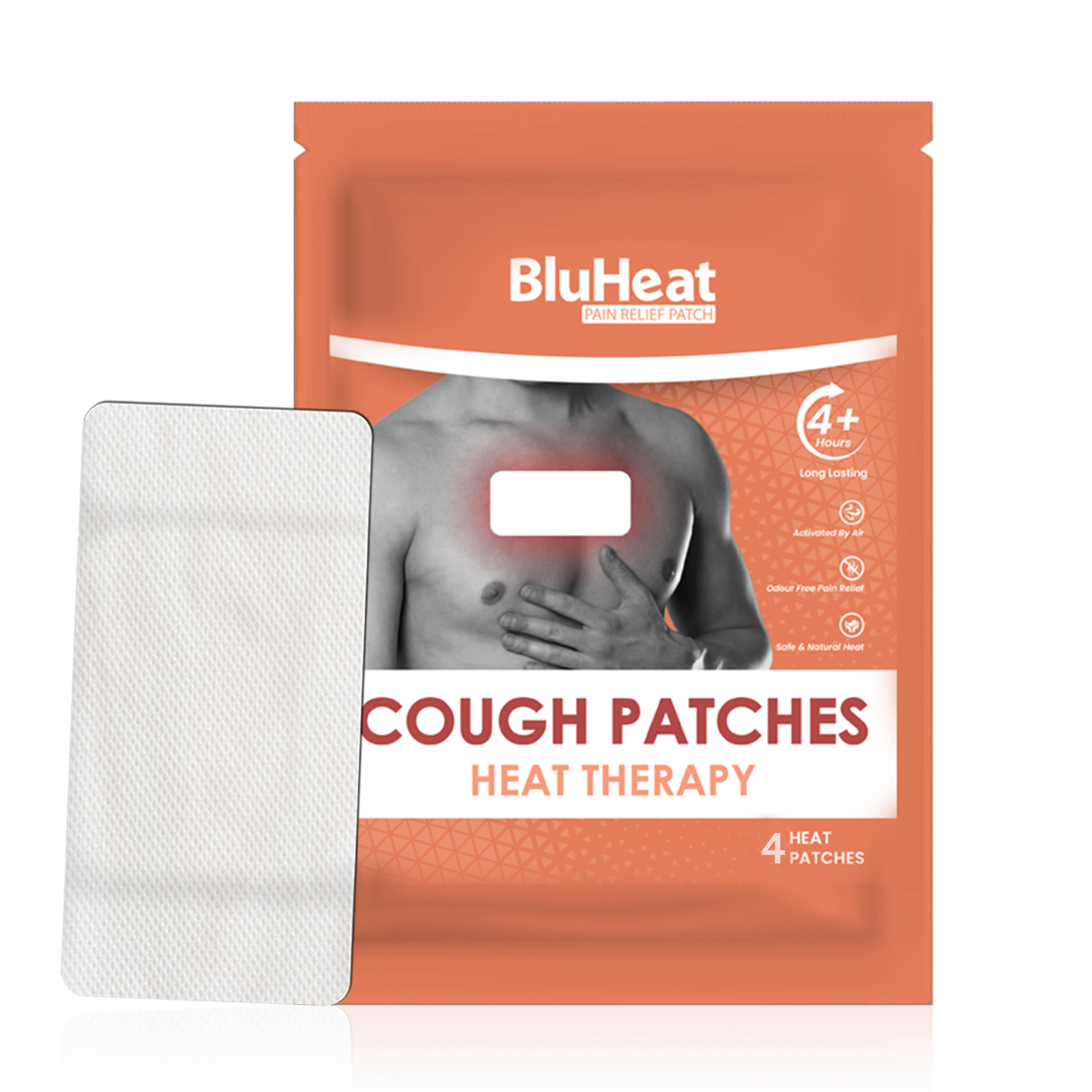For years, red wine has been romanticized as the “healthy” drink of choice. A glass of red wine with dinner was thought to be beneficial, thanks to the supposed heart-healthy antioxidants it contains. Many believed that red wine, compared to other alcoholic beverages, could even protect against certain diseases. However, a new study published in Nutrients is challenging everything we thought we knew.
A large meta-analysis involving data from 42 studies has revealed a shocking truth, red wine does not offer any significant protection against cancer. The research, led by Dr. Eunyoung Cho of Brown University, found no evidence that red wine reduces cancer risk compared to white wine or any other alcoholic beverage.
For years, proponents of red wine pointed to resveratrol, an antioxidant found in grape skins, as a potential health booster. But this study confirms that whatever benefits red wine might provide are outweighed by its risks.
This means that the long-held belief that red wine is the “safer” alcohol option is nothing more than a myth.
While red and white wine both carried cancer risks, the study found something even more alarming white wine was linked to a higher cancer risk in women and an astonishing 22% increase in skin cancer cases in some studies.
Why would white wine be worse? Researchers speculate that lifestyle factors like sun exposure could play a role, but the data clearly indicate that white wine is not a better alternative.
Even when focusing on high-quality cohort studies, white wine was more strongly associated with increased cancer risk than red wine. However, that doesn’t mean red wine is safe.
Each daily glass of red wine was linked to a 5% increase in cancer risk.
Although this increase wasn’t statistically significant in deeper analyses, it reinforces a larger truth that all alcohol increases cancer risk, regardless of the type.
A spokesperson for the Cancer Prevention Alliance put it bluntly:
While these findings debunk some common myths, the message remains clear, limiting alcohol is one of the simplest ways to reduce cancer risk.”
Alcohol has long been classified as a carcinogen by the World Health Organization (WHO) and the American Cancer Society. Yet, the belief that moderate drinking especially red wine is harmless or even beneficial has persisted in popular culture.
The reality is that alcohol can contribute to cancer development in multiple ways:
1. DNA Damage: Alcohol can damage DNA and prevent cells from repairing themselves, increasing the likelihood of mutations that lead to cancer.
2. Acetaldehyde Exposure: When alcohol is broken down in the body, it produces acetaldehyde, a toxic substance that can cause DNA damage and protein dysfunction.
3. Hormonal Disruptions: Alcohol consumption can increase levels of estrogen, a hormone linked to breast cancer.
4. Inflammation & Immune Suppression: Chronic alcohol use weakens the immune system, making it harder for the body to fight off early cancerous cells.
The study’s findings reinforce the idea that there is no completely “safe” level of alcohol consumption when it comes to cancer. However, cancer risk increases with both frequency and quantity of alcohol intake.
Health organizations, including the Centers for Disease Control and Prevention (CDC) and the American Cancer Society, suggest that if people choose to drink, they should do so in moderation.
But it’s important to note that the safest amount of alcohol for cancer prevention is none at all.
Governments and health organizations worldwide are becoming more vocal about the dangers of alcohol. Several European countries, including Ireland and France, have introduced health warning labels on alcoholic beverages, similar to those found on cigarettes.
Canada recently revised its alcohol consumption guidelines, warning that even a few drinks per week can raise health risks. The United Kingdom has also started advising people to have more alcohol-free days in their weekly routine.
For many, alcohol is deeply ingrained in social life, making it challenging to reduce consumption. But there are several effective strategies for cutting back:
1. Choose Non-Alcoholic Alternatives: With the rise of alcohol-free wines, beers, and spirits, it’s easier than ever to enjoy the taste without the risks.
2. Practice the ‘One-in-One’ Rule: For every alcoholic drink, have a glass of water in between.
3. Set Weekly Limits: Plan your drinking in advance and set goals to reduce overall intake.
4. Explore Alcohol-Free Social Activities: Consider engaging in social events that don’t revolve around drinking, such as hiking, fitness classes, or coffee meetups.
5. Educate Yourself: Stay informed about the latest research on alcohol and health, awareness is a powerful motivator for change.
The findings from this new study in Nutrients serve as a wake-up call that red wine is not a “healthier” option, and all alcohol carries cancer risks.
While the occasional drink may not seem harmful, regular alcohol consumption can increase the chances of developing cancer over time. And with no solid evidence supporting red wine’s supposed health benefits, the best strategy for long-term wellness is to limit or eliminate alcohol altogether.
In a world where health-conscious choices matter more than ever, it’s time to rethink the role of alcohol in our lives. Whether you choose to cut back or quit entirely, one thing is clear, the healthiest drink is the one that doesn’t put your life at risk.

 Whether you choose to cut back or quit entirely, one thing is clear, the healthiest drink is the one that doesn’t put your life at risk.
Whether you choose to cut back or quit entirely, one thing is clear, the healthiest drink is the one that doesn’t put your life at risk.










.jpeg)


.jpg)





.jpeg)

.jpg)




.png)


